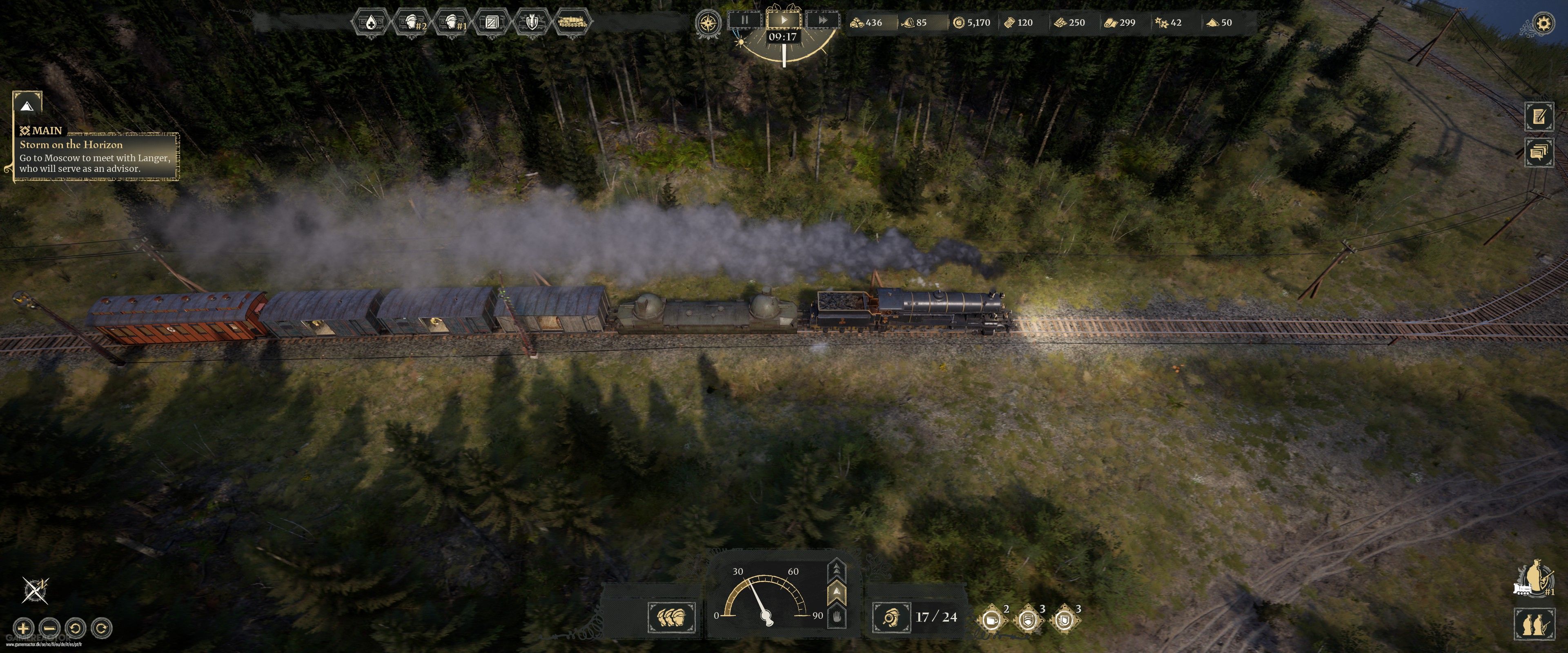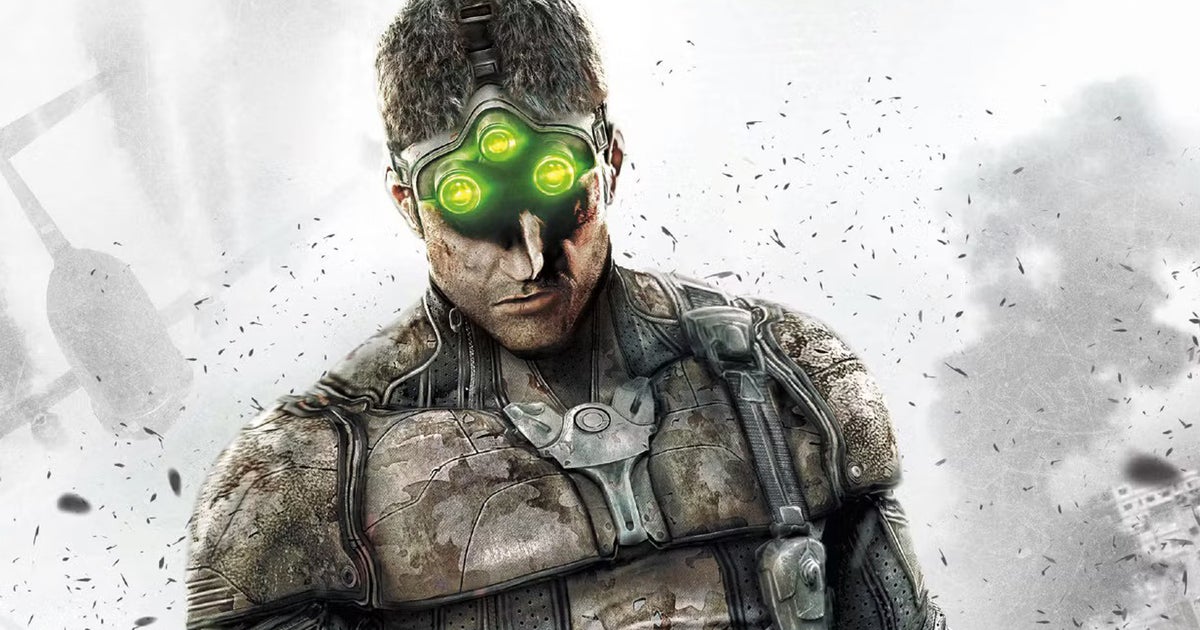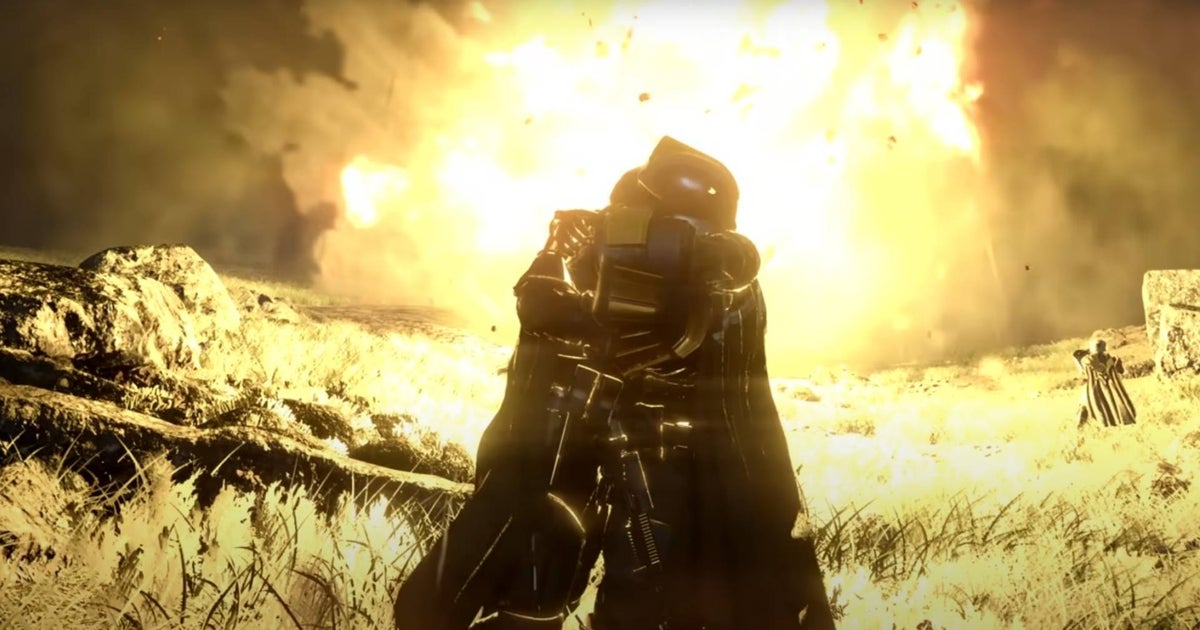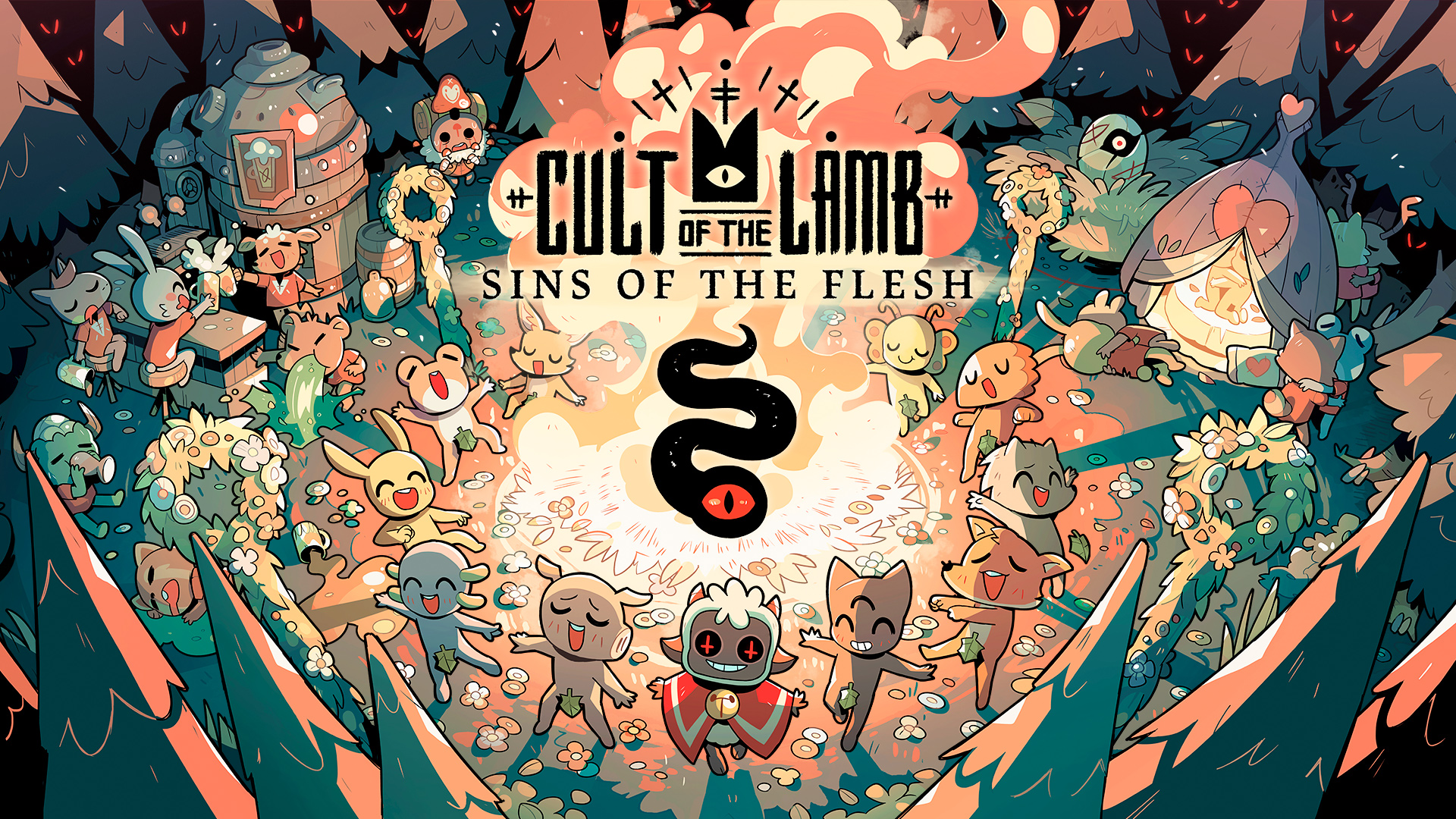Well-made World War I titles don’t just fall out of thin air, so Last Train Home was something of a dream project for me. Because the perspective is very interesting and unique. Normally, depending on where you come from, you don’t read much about the Czechoslovak Legion. The story follows tens of thousands of men who attempt to return to their homeland but become deeply embroiled in the Russian Civil War. The story of these soldiers is full of interesting moments such as riding in an armored train, conquering large territories and the Trans-Siberian Railway, betrayal, stealing half of the Russian Tsar’s gold reserves and much more. Luxurious and exciting films could be made from this.
You take on the role of one of the highest ranks aboard an armored train en route to Moscow to return home safely. As you may have noticed, things are not going well and you and your troops find yourself in the middle of an urgent civil war. Your task is to find your way in this chaotic Russia, where the Reds (Communists) are fighting against the Whites (Anti-Communists) for the future of the country. This will sound familiar to those who have read about the First World War. You quickly come into conflict with the communists, but it takes time to find resistance. Even if your soldiers simply want to return to their newly founded republic, all factions see you as a threat or an ally. That’s why you all have to lead with force and diplomacy.
It’s clear that the studios have a passion for the subject. You have to pay attention to the details, from the expressions of the soldiers to the design of the uniforms. The campaign is divided into a plot through cinematics, maps on which the train runs, events and tactical battles in real time. Your group of soldiers must be successful: food, supplies and much more. Therefore, you will have to stop the train from time to time and order the troops to look for what they need in villages, lakes, fields or forests. These expeditions can be dangerous and risky as you have a limited number of soldiers, weapons, equipment and ammunition. In addition, you have to control the soldiers’ endurance, willpower, satiety, and whether they are cold or sick.
Advertising:
The game is designed for the highest difficulty level, which is enabled by default. Even for me, who often enjoys these titles, it’s quite a challenge, with many complex systems working at the same time. If you’re only interested in combat or resource management, you can lower the difficulty if necessary. The truth is that there are a whole range of difficulty levels to customize your journey on the train. My first achievement was managing ammunition and fuel for the train. My soldiers helped a village with basic resources get food, we did extra work, and shot a few wolves that were terrorizing the village. Eventually the villagers were grateful, but my soldiers had to return to the train with the food.
Afterwards, a platoon of communist soldiers attacked the village and my new job was to protect it. I still had four soldiers left. Two of them had a few shots left in their rifles, but everything ended as you imagine. The mission became a kind of lesson. It was rated as simple and there was no mention of an attack of this magnitude as it extends to many of the locations you visit. You have to be prepared and I quickly learned where to send six or more soldiers and where to send three. The other big problem was fuel for the locomotive. At first I had difficulty finding new fuel, and when fuel runs out, the train stops and the soldiers have to travel far away on the maps, usually with greater danger and a greater risk of exhaustion. However, once I started working on it, most of the difficulties disappeared.
The combination of all the interactive systems makes this a survival game in my opinion because: You have to constantly make decisions and weigh risks; As you go into battle, you have soldiers rising in rank and improving; They can be equipped with new weapons and other things over time; You also have access to artillery with your platoon cannons; Finally, if you need things, you can buy them or find valuable items in the area. Learning to use everything to your advantage is your path to survival. I was completely immersed in the story and historical context, perhaps because of my interest in the period, but also because of the exciting plot. I also liked the level of difficulty, which forced me to constantly think about my decisions. The fights were important and the positions were super important. It is also very stressful. Every decision you make determines how far you go, and it always feels like a race against time.
Advertising:
From the beginning, I knew how important it was to understand what you were doing. You can place troops at different positions on the train, from the person operating the cannons to the person loading the coal into the locomotive. The cannon can decide battles on the map. You need one soldier for the day shift and another for the night shift. You also need troops to send on expeditions. In battles you can use skills, sneak and do many other things. This means that each soldier is essential and serves a function both on the campaign map and in combat. I want to make it all happen because it creates a truly immersive experience with a historical thread that runs through the world we travel through.
Of course, one could have expected larger maps and more emphasis on graphics. It must be said that the environments look good and the details of the soldiers are perfect, but it is precisely in the cutscenes, when the isometric perspective is changed to show the characters up close, that the flaws become clear. However, neither the graphics nor the music nor the sounds stopped me from having a good time with the game. The sound design is mostly very good. It sounds good and the dubbing keeps me hooked to the story. The fact that the soldiers speak their native language is a plus that I appreciate. They do this both in the cinematics and on the battlefields, and as the train passes through cities it’s very harmonious to listen to the whole thing.
Although the sound is good enough, I don’t think the music is on the same level. Trying to be background music in a historical war game becomes habitual and boring. There are modern orchestras that never intensify the experience. My suggestion for improvement would be to try to better capture the zeitgeist with a lot more local music, use historical references and incorporate the music that existed at the time and integrate it into the game. Today there are collections of surviving music from 1910-1925 that can be examined and remastered for a track of this caliber. In the event that there was no local music from the countries in question, perhaps a qualified musician could recreate something credible, taking into account the nature of the time. What we have now is an orchestra that is too pompous.
Overall, Last Train Home is a very good attempt to interpret the Czechoslovak Legion’s journey through war-torn Russia. It offers intrigue, betrayal, battles and exciting events. Focusing on survival kept me captivated and it only took me about 30 hours to complete the journey. It’s a long train ride that rewards the history buff and the thoughtful gamer. The deficiencies in graphics and music don’t stop it from offering one of the most interesting experiences of the year. Considering smaller studios are focusing more on first-person multiplayer games lately, this is a breath of fresh air. It’s rare that we manage to create good experiences in a single person’s time. In my opinion, it is worth paying more attention to.














